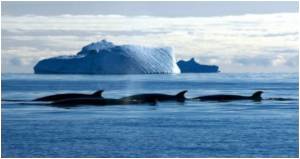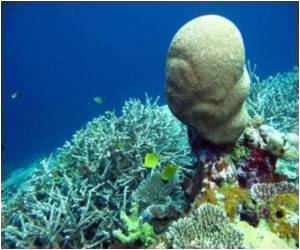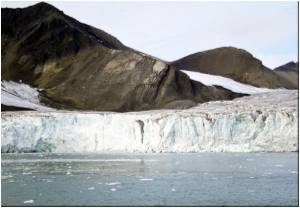The seafloor off the coast of Northern Siberia is releasing more than twice the amount of methane as previously estimated, reveals a new study.

"It is now on par with the methane being released from the arctic tundra, which is considered to be one of the major sources of methane in the Northern Hemisphere. Increased methane releases in this area are a possible new climate-change-driven factor that will strengthen over time," Natalia Shakhova from University of Alaska Fairbanks, said.
Methane is a greenhouse gas more than 30 times more potent than carbon dioxide. In the seabed, methane can be stored as a pre-formed gas or asmethane hydrates. As long as the subsea permafrost remains frozen, it forms a cap, effectively trapping the methane beneath.
However, as the permafrost thaws, it develops holes, which allow the methane to escape.
Twice-yearly arctic expeditions by Shakhova and Igor Semiletov, both researchers at the UAF International Arctic Research Center, have revealed that the subsea permafrost in the area has thawed much more extensively than previously thought, in part due to warming water near the bottom of the ocean.
The warming has created conditions that allow the subsea methane to escape in much greater amounts than their earlier models estimated. Frequent storms in the area hasten its release into the atmosphere, much in the same way stirring a soda releases the carbonation more quickly.
Advertisement
The study is published in the journal Nature Geoscience.
Advertisement








